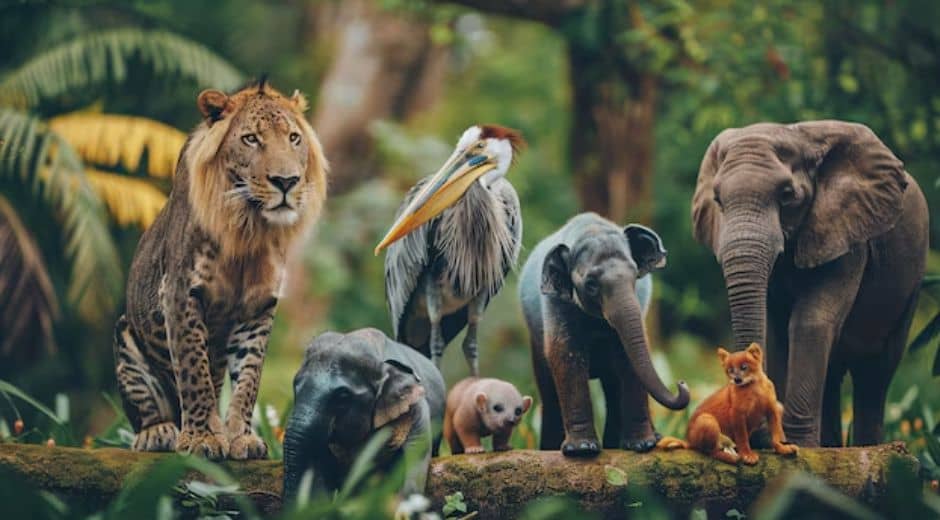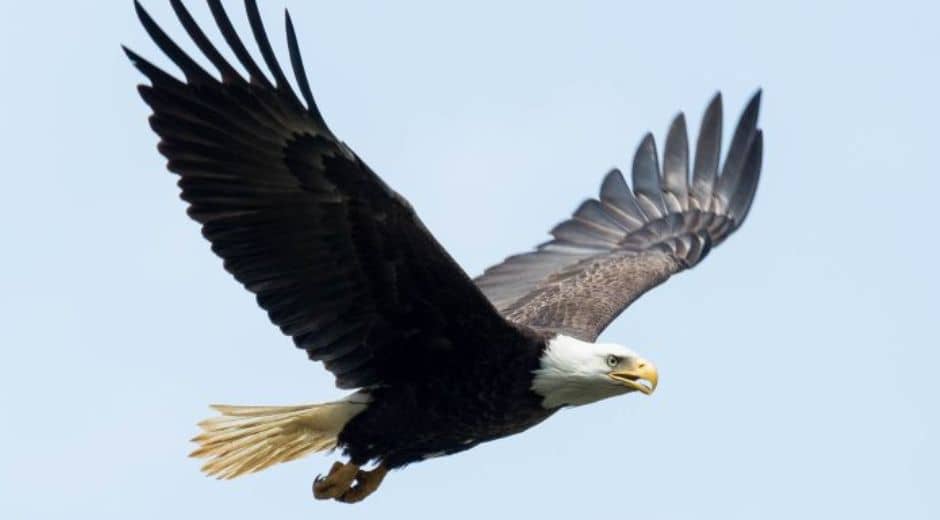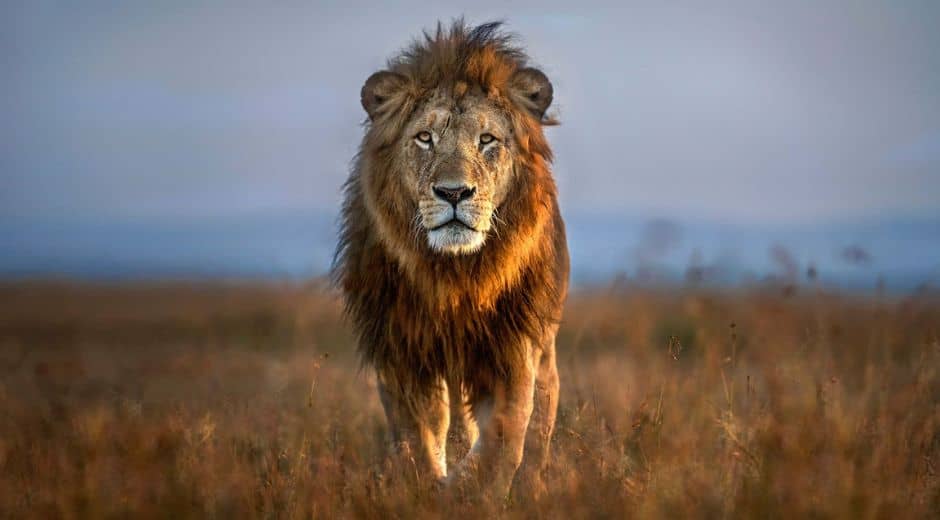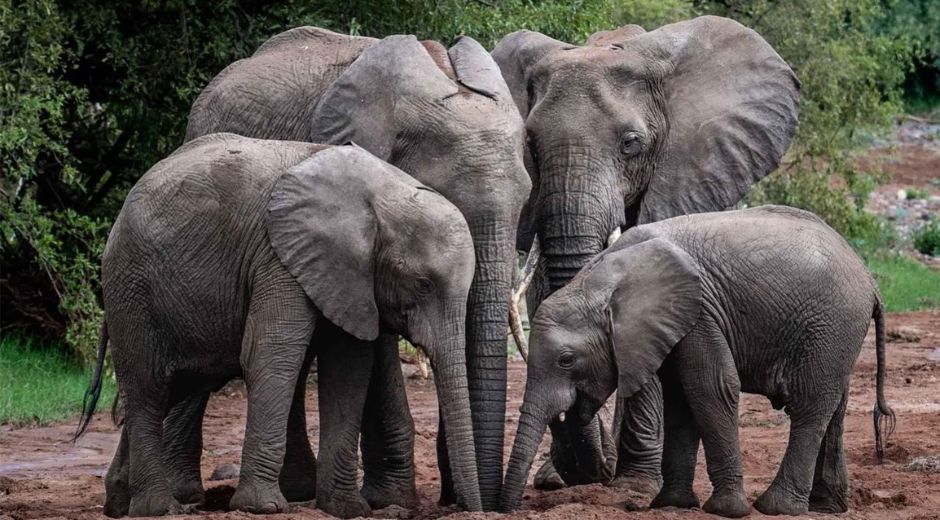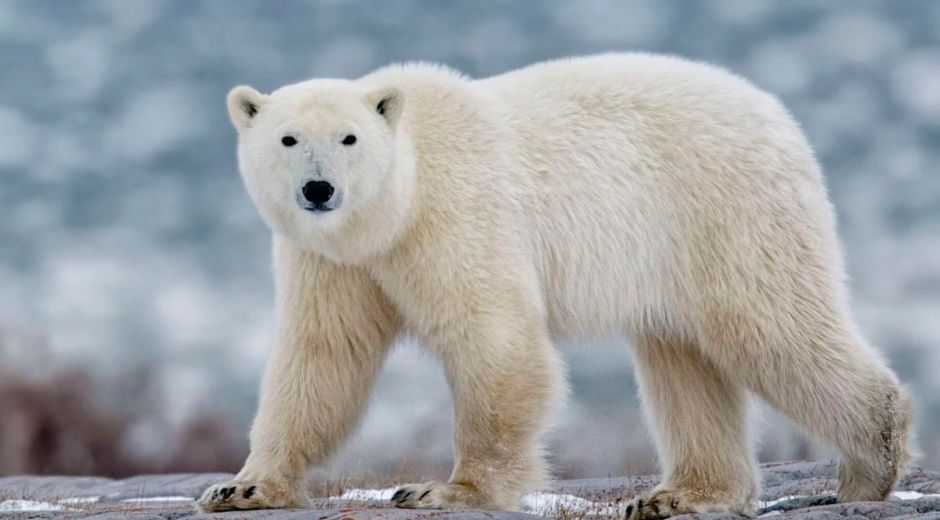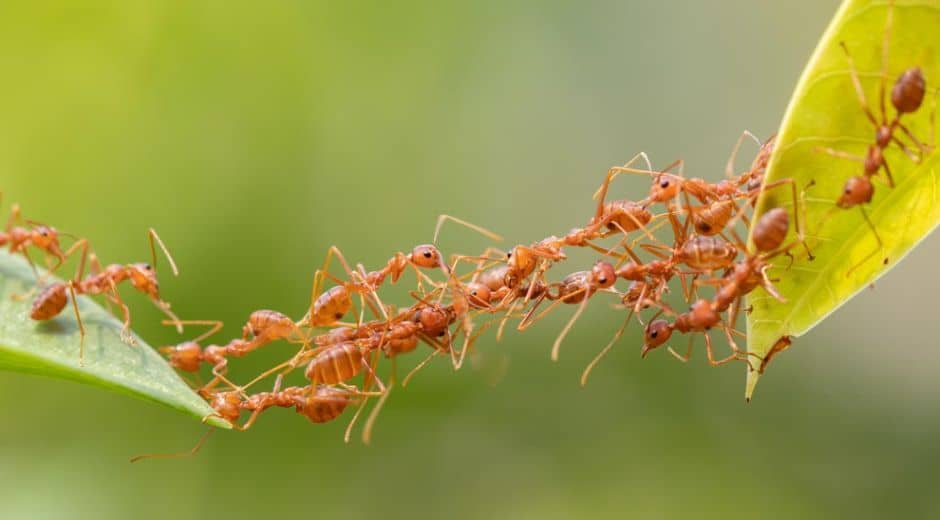8 Incredible Ocean Creatures That Will Amaze You
8 Incredible Ocean Creatures That Will Amaze You
The ocean covers over 70% of our planet, yet much of its life remains mysterious. From tiny bioluminescent organisms to giant whales, marine wildlife continues to inspire wonder and curiosity. Observing these incredible creatures reminds us how much we still have to learn about the planet’s largest ecosystem. Exploring the ocean reveals a world full of colors, strange shapes, and behaviors that seem almost alien, yet every species has adapted perfectly to its environment. The diversity of life in the ocean is truly unmatched on land.
1. The Blue Whale
The blue whale is the largest animal ever known to exist, reaching lengths up to 30 meters. Despite its massive size, it feeds mainly on tiny krill, filtering thousands of liters of seawater each day. The gentle giant’s presence highlights the ocean’s ability to support life on extraordinary scales. These whales migrate thousands of kilometers each year, and their songs can be heard for hundreds of miles, playing a crucial role in communication and breeding within the vast ocean.
2. Mantis Shrimp
Mantis shrimp are small but powerful predators, capable of striking with the speed of a bullet. They have some of the most complex eyes in the animal kingdom, seeing polarized light and a spectrum of colors beyond human perception. This marine predator demonstrates the surprising adaptations marine life can develop. They can break shells and aquarium glass alike with their rapid strikes, and scientists study them to understand biomechanics, potentially inspiring advanced robotics and materials engineering.
3. Giant Squid
Once thought to be a myth, the giant squid can grow up to 13 meters long. These elusive deep-sea dwellers have fascinated humans for centuries and are rarely seen alive. The sheer mystery surrounding them showcases the ocean’s hidden depths and the creatures that inhabit them. Giant squids have massive eyes adapted to the darkness of the deep sea, and they prey on deep-sea fish and smaller squids, making them apex predators in their extreme environment.
4. Leafy Sea Dragon
Closely related to seahorses, the leafy sea dragon blends perfectly with seaweed thanks to its intricate leaf-like appendages. This camouflage allows it to avoid predators while gliding through kelp forests. Such adaptations remind us of the ocean’s extraordinary evolutionary creativity. They are slow swimmers and rely on their leaf-like fins for subtle movement, making them masters of disguise. Breeding in captivity is difficult, highlighting the delicate balance of marine ecosystems.
5. Box Jellyfish
Box jellyfish are among the most venomous animals in the ocean. With tentacles that can deliver fatal stings, these creatures are a striking example of how danger and beauty coexist beneath the waves. Observing them safely, such as in controlled habitats, helps scientists understand marine venom and its potential applications. Despite their danger, box jellyfish play an important role in the marine food chain, feeding on small fish and plankton while providing food for turtles and other specialized predators.
6. Dumbo Octopus
Named after the Disney character for its ear-like fins, the dumbo octopus lives in extreme sea depths, over 4,000 meters down. Its delicate appearance belies its ability to survive under immense pressure and near-freezing temperatures, highlighting the ocean’s extreme environments and the creatures adapted to them. They propel themselves gently using their fins and can consume a wide variety of small prey, showing the incredible adaptability of life forms in the most inhospitable parts of the ocean.
7. Goblin Shark
The goblin shark, with its protruding jaws and translucent skin, looks like a creature from another world. Rarely seen by humans, it lives deep in the sea and uses electroreception to detect prey. Its unusual features demonstrate how life in the ocean evolves to suit dark, high-pressure habitats. These sharks can extend their jaws forward to snatch prey quickly, an adaptation crucial for survival in the dark, food-scarce regions of the ocean where they reside for most of their lives.
8. Portuguese Man O’ War
Often mistaken for a jellyfish, the Portuguese Man O’ War is actually a colony of specialized individuals working together as one. Its venomous tentacles float on the ocean’s surface, making it both mesmerizing and dangerous. Understanding this organism offers insights into the ocean’s complex social and survival strategies. Each “individual” has a role: some handle feeding, others defense or reproduction. Their collaboration demonstrates how the sea produces forms of life unlike anything on land.
Observing Ocean Life
If you’re fascinated by these incredible marine creatures, there are safe ways to observe them. Aquariums and marine sanctuaries often host educational programs that reveal behavior, biology, and conservation efforts. For more ocean insights and wildlife news, check out MuseaTime and Newspapersio for fascinating articles and discoveries. Watching documentaries or virtual tours also allows students and enthusiasts alike to explore marine habitats without disturbing delicate ecosystems, making learning both fun and responsible.
Conclusion
The ocean continues to amaze with its diversity, adaptability, and sheer wonder. From the smallest bioluminescent organisms to giant whales, each creature contributes to the balance of marine life. By learning about them and supporting conservation efforts, we ensure that future generations can also experience these marvels.
To explore more amazing marine wildlife and learn how you can help protect it, visit our internal guide “7 Rare Ocean Species You Must Know About” on BioNatureVista. Engaging with educational content and responsible practices allows everyone to appreciate the ocean’s beauty while safeguarding its incredible creatures for years to come.
Nature Inspires Every Step

How Tundra Wildlife Survives Extreme Arctic Conditions
How Tundra Wildlife Survives Extreme Arctic Conditions

Life Above the Trees: Exploring the Rainforest Canopy
Life Above the Trees: Exploring the Rainforest Canopy





